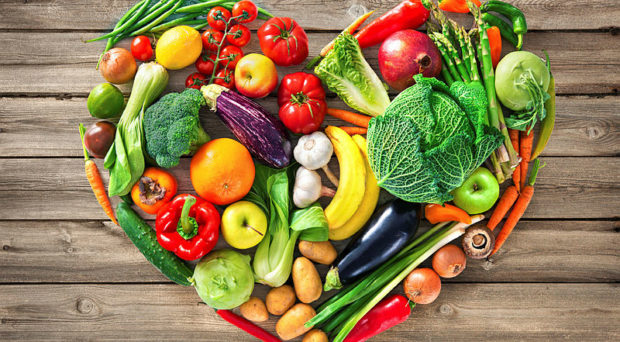People often come into the “Rebekah’s” expressing discomfort with nerves, muscle cramping, restless leg syndrome, headaches, or their children having issues concentrating with schoolwork. Upon digging deeper, I find myself leading them over to the Magnesium section. How can one mineral supplement help with all these misalignments? Let us dive in and break it down. Why is Magnesium a raving supplement these days?
Magnesium is necessary for over 300 different enzymatic reactions within the body. Homie say what?! Magnesium is essential for DNA production, protein synthesis, bone growth, regulating muscle and nerve function. Even blood sugar and pressure regulation. It is classified as a macro-mineral, along with calcium, chlorine, phosphorus, potassium, sodium, and sulfur. The body requires lower levels of micro minerals and higher levels of macro minerals. It makes sense why Magnesium can alleviate discomforts associated with those areas when deficient. Simply adding a magnesium supplement to your daily regimen, may relieve your nerve, muscle, or even digestive issues.
So, how do you know if you are deficient in magnesium? Some things to pay attention for would be persistent nausea, fatigue, consistent muscle cramps, or nerve issues. Given the stressors we are encountering due to a global pandemic, our children returning to school and shifts in our daily routines, stress and anxiety are affecting us all. Magnesium may just be what you need to take the edge off and allow your central nervous system to heal. Serotonin is the “feel good” chemical. If you are too low in magnesium it has been linked to reduced serotonin levels.
Magnesium is also known as a natural “laxative”, which I use that term loosely. There are different forms of magnesium. Magnesium citrate is commonly known as more of an assistant with digestion than the other forms, citrate is an osmotic laxative. I urge you to research the different forms to find which form and delivery system would work best for you and your lifestyle.
Lastly, magnesium helps aid in many enzymes that control nerve cell function. Which will help improve memory, concentration, and learning. Who could not benefit from that? Whether you are a momma at home being the main educator, or a gym rat looking for better muscle recovery. Best of health to you and your family!
Check out my favorite magnesium supplement @ http://rebekahspureliving.com/product/natural-vitality-natural-calm-8oz/
Written by: Holistic Health Coach Lili Conner




